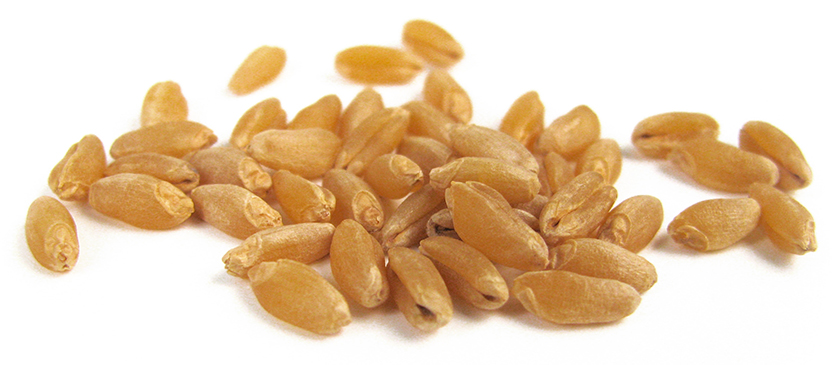Durum production in the U.S. Northern Plains is down from 2018 with a reduction in overall quality due to historic late season rain and snow that also interrupted harvest. Due to the unusual conditions, the entire crop is not represented in this year’s data. Buyers should be extra vigilant and evaluate the importance of each factor for their end-use needs. Premium contract specifications will command higher prices, but good value can be obtained with diligent contract specifications. Ample carryover supplies from the excellent quality 2018 crop will be helpful in meeting traditional quality needs of buyers, but some parameters may still prove challenging.
That is a summary of northern durum crop quality from the upcoming U.S. Wheat Associates (USW) 2019 Crop Quality Report. Desert Durum® data is reported separately. The National Agricultural Statistics Service collected 166 samples from North Dakota and Montana and the Durum Quality Lab at North Dakota State University analyzed the samples. Funding for the annual survey come from USW member state wheat commissions and the USDA Foreign Agricultural Service. Complete 2019 crop quality data for all six U.S. wheat classes will soon be available online and at annual USW Crop Quality Seminars.
Weather and Harvest: Planting began in early May and ended the first week of June; crop emergence was slow. Mid-season rain boosted development and yield potential. Harvest began late, in mid-August, but with historic rainfall levels, less than 50% of the crop had been harvested by mid-September. The adverse weather continued into October, including periods of heavy snow, compromising quality on a large portion of the crop.
Regional production is estimated at 52 mil bu (1.4 MMT), down 20% from 2018. Final production will likely be lower than current estimates, as roughly 20% of the crop remained unharvested as of mid-October. With only 77% of expected samples collected and analyzed, and a higher than normal percentage of the crop moving directly into feed channels, this report does not represent the entire crop.
Wheat and Grade Data: The surveyed crop averages a U.S. No. 2 Amber Durum (AD) and 37% grades a U.S. No. 1 or 2 Hard Amber Durum (HAD), down from 86% a year ago. Average test weight of 61.1 lbs/bu (79.6 kg/hl) is similar to 2018 and above the 5-year average. Total kernel defects average of 3% is higher than 2018 and the 5-year average, likely due to elevated disease pressures and damage from the prolonged harvest.
The average vitreous kernel (HVAC) content is 64%, down sharply from 90% in 2018 due to harvest rains and localized lower protein levels. The average protein of 13.9% (12% mb), is equal to the 5-year average, but down from 2018. Distribution data shows that nearly 25% of the crop is above 90% HVAC and 38% is above 75% HVAC.
Excellent conditions during kernel development are reflected in the crop average thousand kernel weight (TKW) of 44 g and the percent of large kernels notably higher than last year and 5-year averages. The average falling number value is 345 sec compared to 425 in 2018 with 75% of the crop above 300 sec. Disease pressures were higher in 2019, with some areas impacted by Fusarium. The crop average DON is 0.6 ppm, up from 0.2 last year, but slightly below the 5-year average.
Semolina and Processing Data: Milling for the 2019 survey was performed on a Quadromat® Junior mill, limiting direct comparisons to the Buhler laboratory mill used previously. Semolina extraction is 57.5%, down sharply from 2018, likely attributed to the notable decline in vitreous kernels and shift in milling equipment. The milled product is showing a marked decline in ash levels, 0.6%, with just a slight increase in speck counts compared to 2018. Gluten index values are higher, at 67%, compared to 57% in 2018.
Semolina and cooked spaghetti evaluations show lower values compared to last year and the 5-year average. Semolina color values are lower for both color and brightness, and cooked pasta scores are also lower. Mixing properties reveal a stronger crop with an average mixogram of 6.4 compared to 5.3 in 2018. Cooked pasta evaluations show higher cooked weight compared to the 5-year average, but also higher cooking loss and less cooked firmness.



